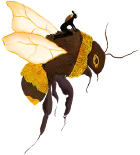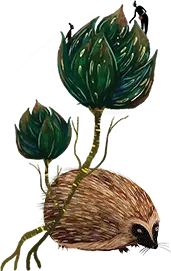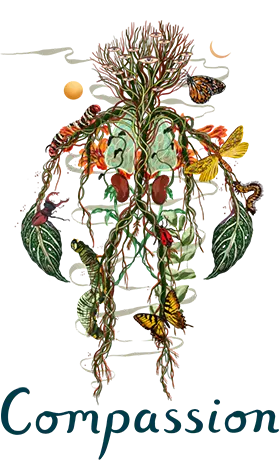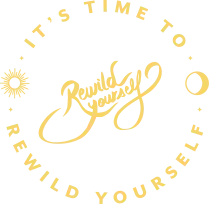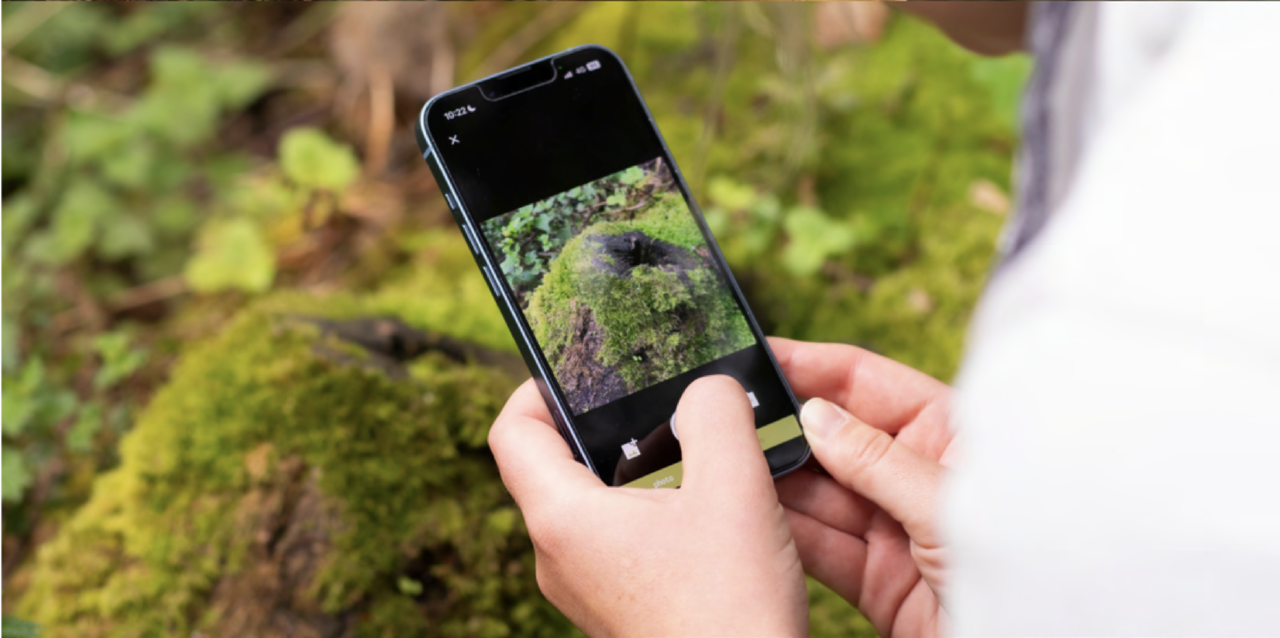
Learning to connect to Nature with a camera
ReWild Yourself Champion, Tamara Blazquez Haik provided us with 5 simple tips on how to better notice and capture beauty in Nature. Inspired, I headed to my local park…
Tamara is not only our June RWY Champion, but has been part of our It’s Time to ReWild Yourself Campaign, exploring the five pathways to nature connection. Safe to say, she is someone’s whose tips I trust!
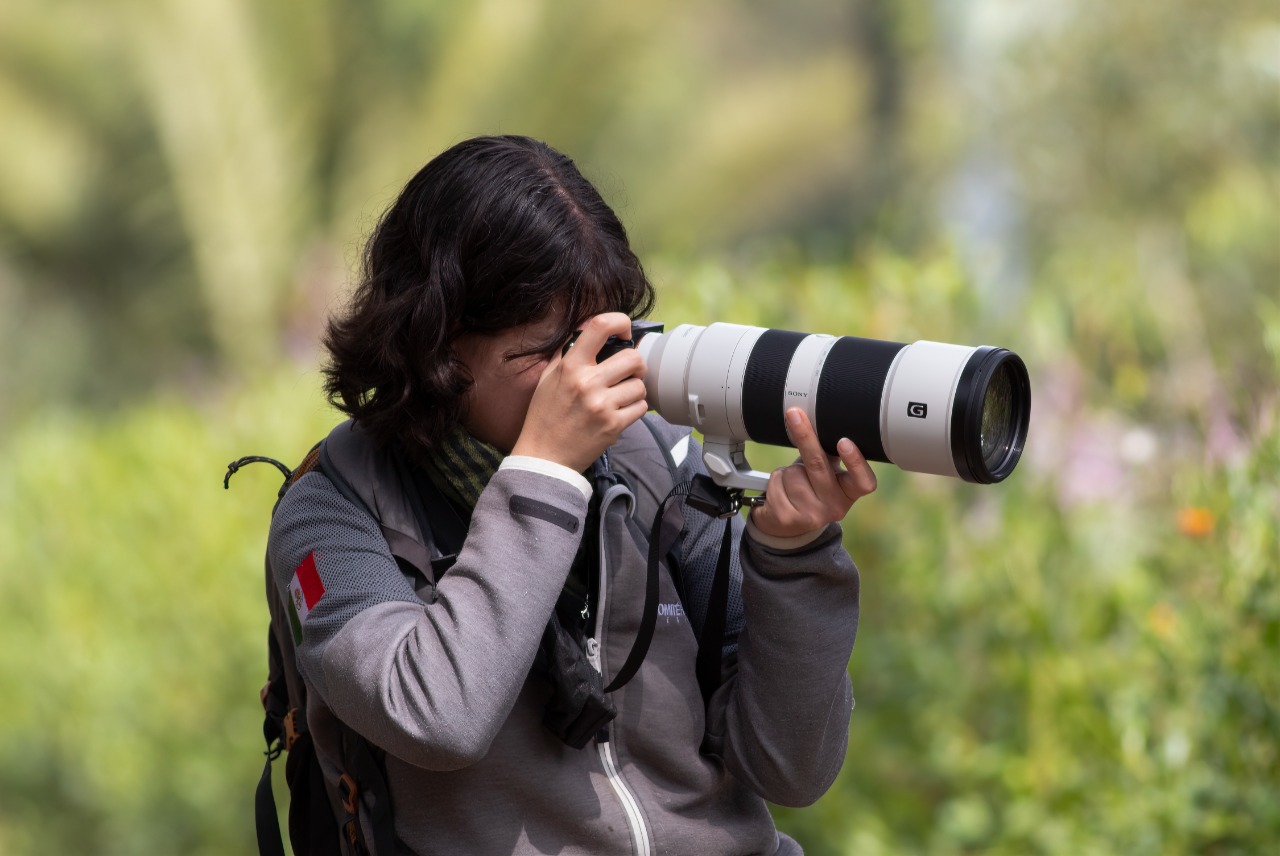
As part of our exploration of the Beauty pathway, we challenged people to find and capture beauty in nature (especially unexpected beauty). To help, Tamara provided us with five tips, as did another excellent Wildlife Photographer and ReWild Yourself collaborator, Rachel Bigsby
Photography can be an excellent tool to help us look closely at the natural world around us, but we have got so used to just pointing and clicking, taking hundreds of photos without much thought, that sometimes we need some help to really look, really see, and hopefully better connect.
I am not the best photographer in the world, but undeterred, I took Tamara’s tips out into the field (well my local park), and these are the results.
Any camera is a good camera, even your cellphone

I have quite a snazzy camera, but I left it at home. It was quite a relief actually, as sometimes shooting with my fancy camera feels more like a technical exercise, rather than a creative or fun experience. It’s easy to worry so much about the end product and not enjoy the actual process, observing and noticing.
So armed with just my phone camera (and quite an old and knackered phone at that), I visited the lovely Linda Vista gardens in Abergavenny. Linda Vista means ‘pretty view’ in Spanish and on a sunny June afternoon, it couldn’t have been more fitting, as the park was looking resplendent.


Sit down on the ground, breathe and observe your surroundings
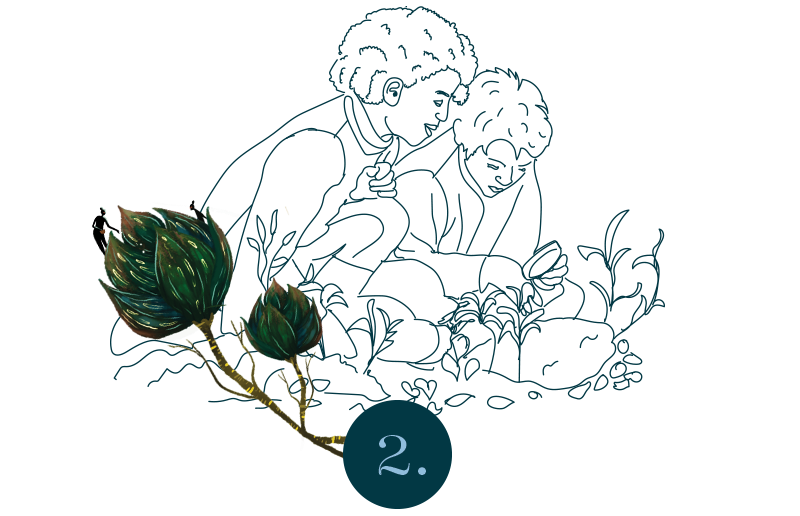
As soon as I made it inside the park, I whipped off my shoes, nestled my bare (pale) feet into a tussock of long grass and buttercups, took a long deep breath, then wondered why an earth I didn’t come here more often!
To first sit and observe, before snapping away with my camera, created space and time to slow down a little. My mind stopped racing, pulse slowed, and suddenly I stopped thinking about my time in the park as a ‘work assignment’ and just enjoyed the moment. It’s obvious stuff, but it still always takes me by surprise, how considered time in Nature works this magic.
This moment, to just observe, started giving me a few ideas of what images I might like to take. A red oak in dappled sunlight across the way caught my eye in particular, and I made a note to explore it further later.
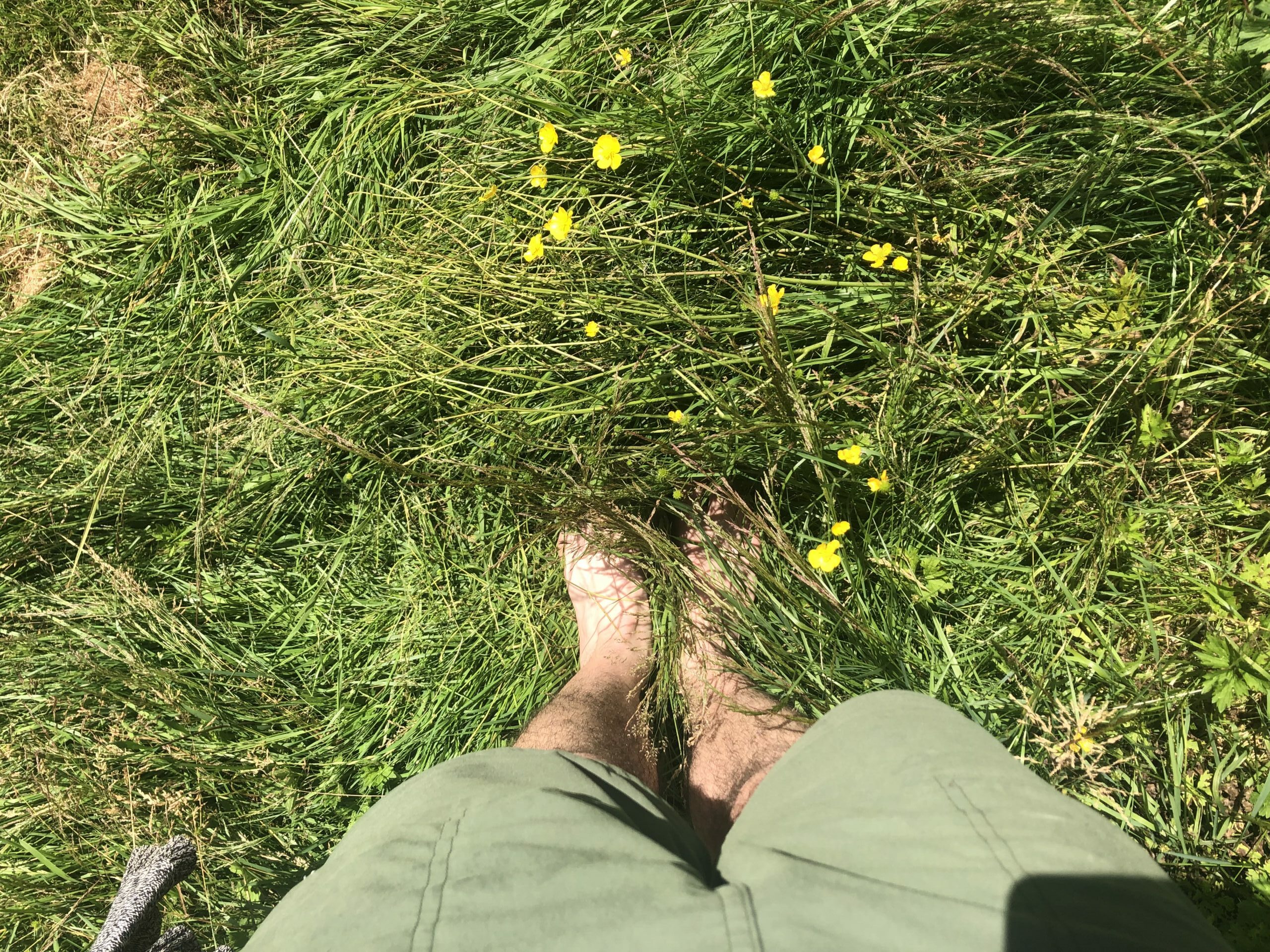
Don’t only go for photos of larger animals, pay attention to the little critters surrounding you…

Now this tip is one I couldn’t agree with more and is very close to my heart. I have ventured in search of little critters since I was little, and have actually taken a few photos in my time I’ve been quite pleased with.
There is something quite wonderful about zooming in on the life of invertebrates that I have always found fascinating. They live a life of drama and action under our noses that largely goes unnoticed , and contain such a diversity of form, colour and behaviour, that once you do notice them, there is so much beauty to appreciate.
I headed for the long grass and flower beds, and scoured the undersides of tree leaves (all good places to find little critters). I didn’t have much luck on this occasion to snap any great photos, but in the spirit of focussing on the experience, rather than the outcome, i’ll share them anyway.
First up, was what I think is a robber fly, chilling out on the side of a leaf from the red oak I spotted earlier.
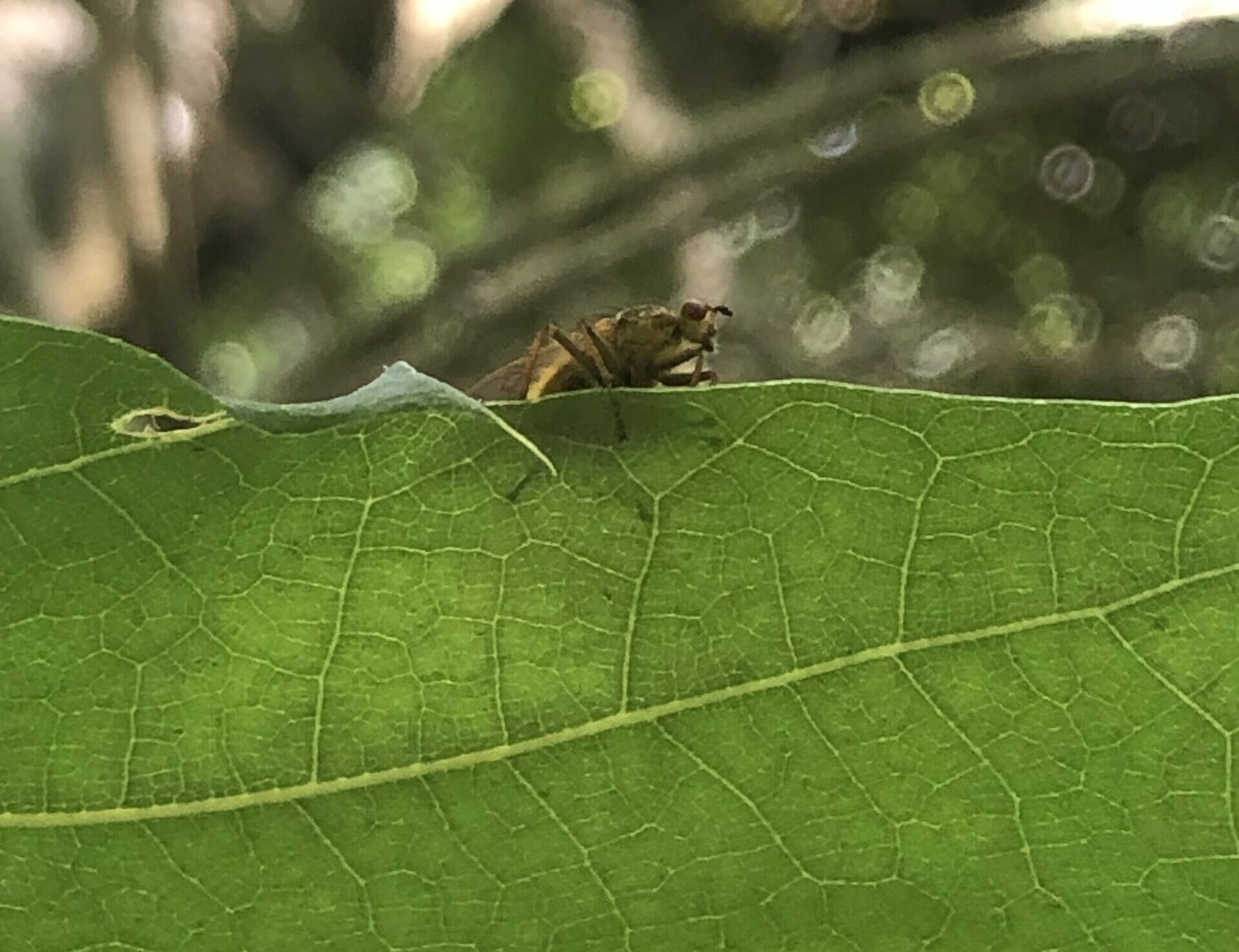
After a bit more searching, I discovered what I assumed was a small common garden snail, deep in a herbaceous boarder. It was wisely tucked up in its shell, out of the afternoon sun and away from beady-eyed birds and amateur photographers.
The good thing about snails is that they aren’t too good on fast getaways, giving you plenty of time to admire their intricacies! Even a ‘drab’ looking shell displays all sorts of texture, hues and detail.
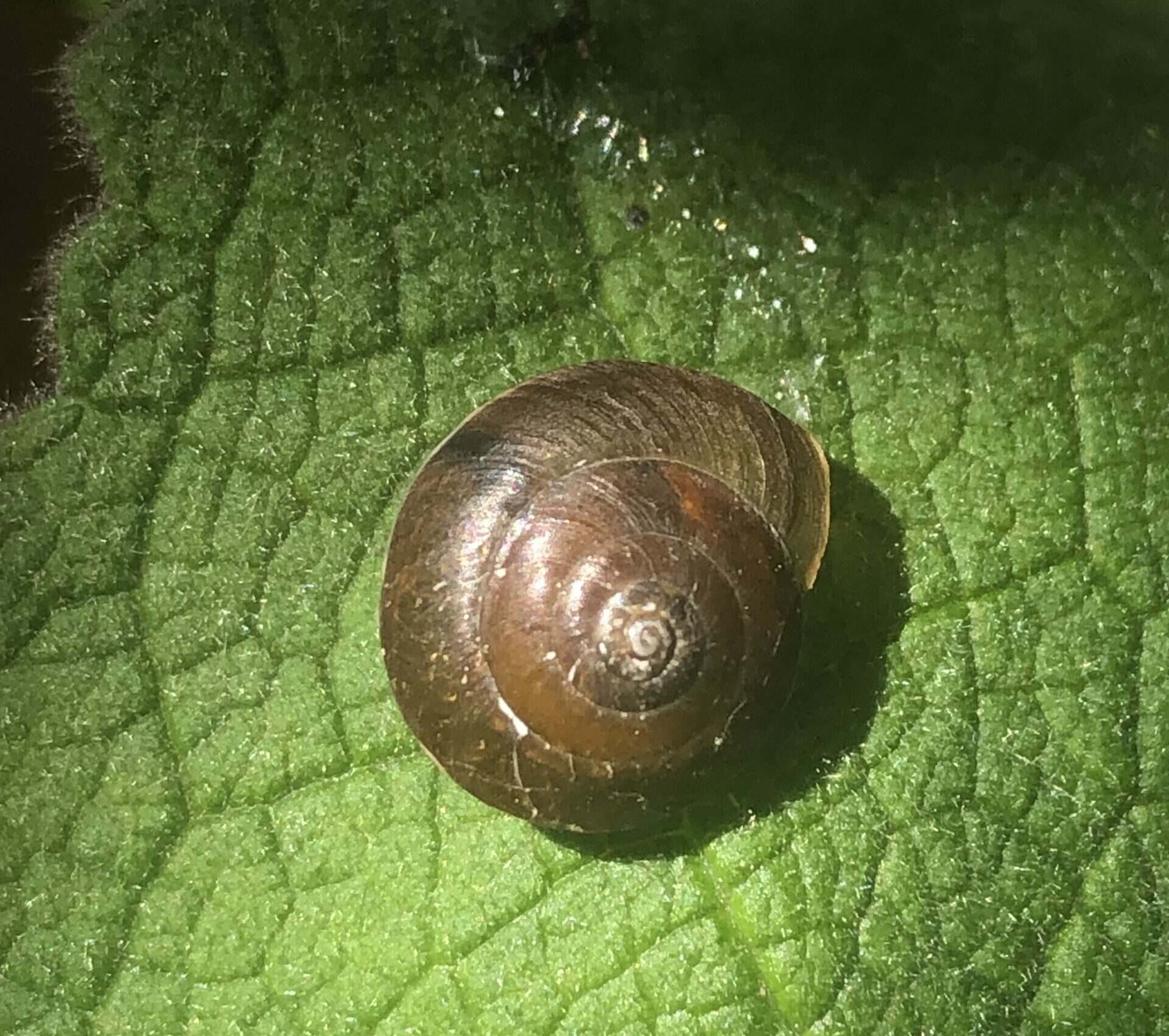
Remember to also take some time to admire the beauty of plants and flowers!

Now this is when I felt like I really got going! It’s so easy for vegetation to merge together in our periphery, but when you start looking, the diversity you notice, even within the same plant, is astonishing.
I starting getting especially interested in leafs of different colour to the others on the plant – whether diseased, or lacking nutrients – especially the ones with a blended mix of colours. Although probably less healthy than the other uniform looking leafs, their ‘non-conformism’ and wider pallet of colours, splodges and markings, made them more beautiful to me.
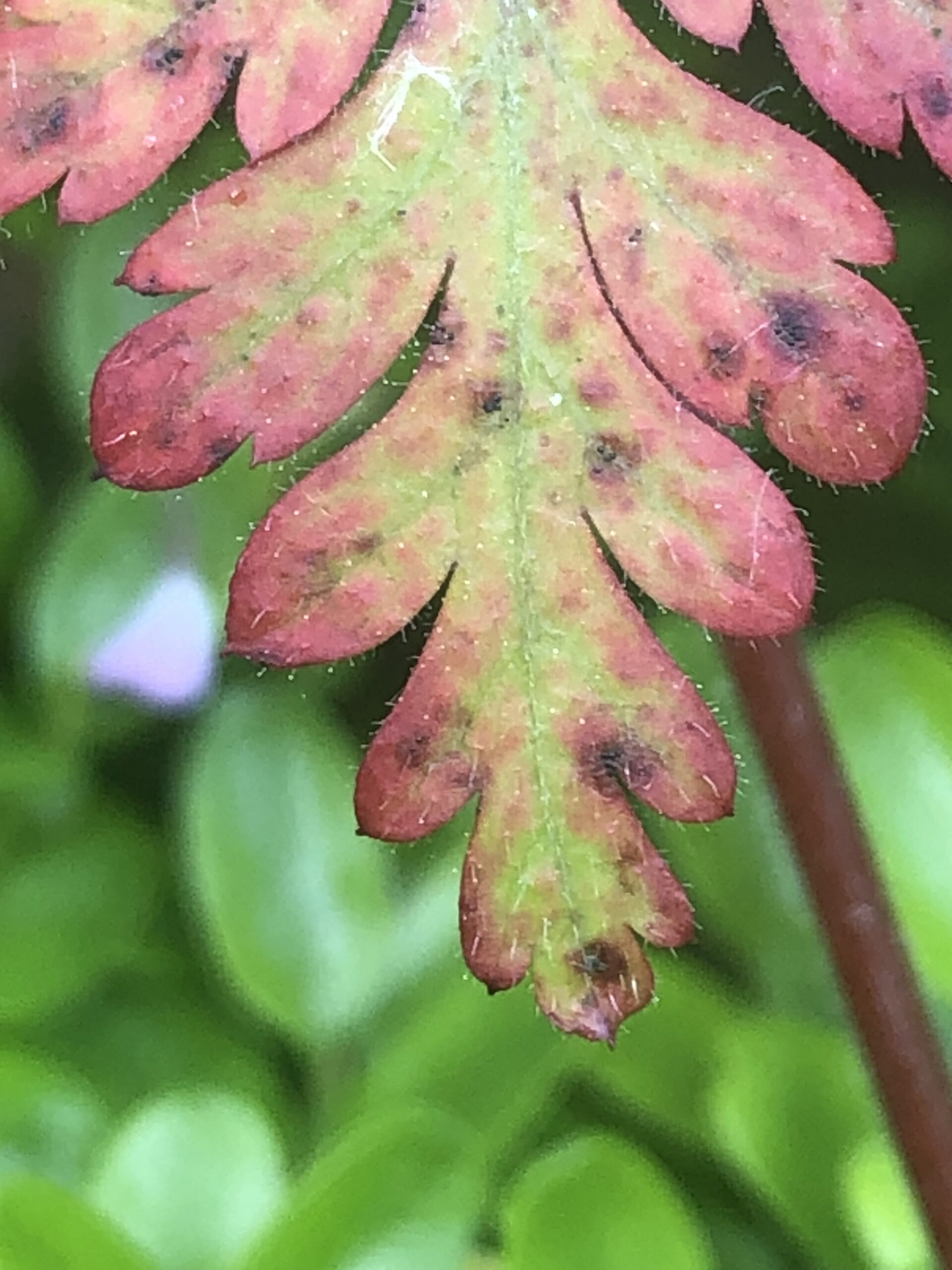
Tamara talks about really noticing textures, so i got quite obsessed with the leaves of that red oak again, looking closely at the leaf from all directions, and noting how its texture changed. I noticed also how the different lights in the dappled shade changed what features shone through.
I think the best photo I took that afternoon was actually the one below, with direct sunlight shining through one of those red oak leaves, allowing you to see individual cells packed between the network of leaf veins. It might not be original, but it’s mine, and a wonderful and momento from a lovely few hours spent in the company of trees, bugs, and buttercups! Which leads nicely to the last of Tamara’s tips….
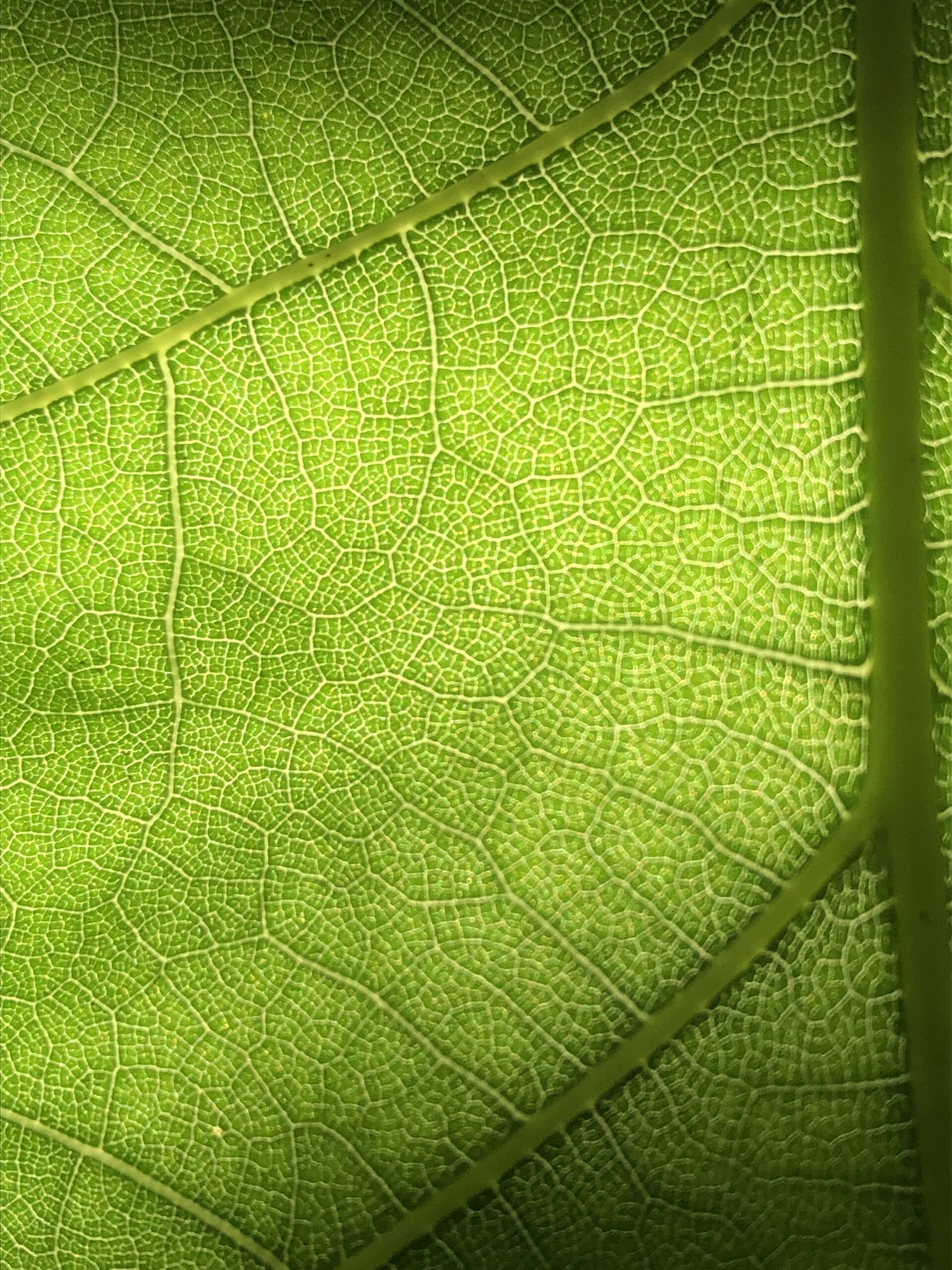
Enjoy yourself
As Tamara warns, it’ s all too easy to get caught up in the technicalities, so it’s good to remember why we are out in Nature in the first place – to bring us joy and enrich our lives.
If you follow all the other tips, I am sure you won’t need to remember this one, but if you do find yourself worrying too much about your photos, maybe just put your camera back in your pocket and refer back to tip two. Before long, I’m sure you’ll be smiling again. I certainly was, so thank you Tamara for your wonderful guidance.


